Retro Replay Review
Gameplay
Alpha places you in the role of a female pilot whose starship, the Daedalos, has crash-landed on an alien world. The entire interface is text-driven, relying on katakana for both readout and player input. This can feel daunting at first, especially if you’re new to Japanese syllabary, but it also lends the game an authentic, old-school adventure charm. Commands such as “move,” “look,” and “use” must be typed exactly in katakana, and several special actions are bound to Latin‐letter shortcuts, streamlining navigation once you have the key mappings memorized.
(HEY YOU!! We hope you enjoy! We try not to run ads. So basically, this is a very expensive hobby running this site. Please consider joining us for updates, forums, and more. Network w/ us to make some cash or friends while retro gaming, and you can win some free retro games for posting. Okay, carry on 👍)
Puzzle solving is at the heart of Alpha. You’ll examine alien flora, jury-rig various ship systems, and piece together cryptic messages to uncover safe passages across the unknown terrain. Progress often hinges on spotting subtle textual clues hidden in location descriptions or image captions—so careful reading is rewarded. The game world is non-linear enough to allow backtracking, but certain areas become inaccessible once critical events are triggered, making note-taking almost mandatory for completionists.
Despite its text-only nature, the game’s pacing remains brisk. You can toggle through dialogue quickly or pause to consider each descriptive block. Inventory is limited, which keeps resource management simple and avoids the dreaded “carry chaos” found in larger adventures. For players familiar with Western graphic adventures of the early ’80s, Alpha will feel both familiar in structure and unique in its heavy reliance on Japanese script.
Graphics
Graphically, Alpha offers still images of each new location, displayed above the main text window. These illustrations are rudimentary by modern standards—but for its era, they effectively convey the desolate landscapes and ramshackle wreckage of the Daedalos. Pixel art backgrounds use a limited palette yet manage to set a somber, exploratory tone, whether you’re trudging through rocky canyons or inspecting the broken hull of your ship.
The real magic lies in how these static pictures interact with the text parser. A scene of twisted metal becomes more memorable when you read a detailed description pointing out a hidden access panel or a smoldering power conduit. Although there are no animations, the thoughtful framing and occasional color highlights ensure you remain immersed. Each graphic feels curated to complement the scenario, guiding you toward key items and exits without the need for a map.
As an early Square title, Alpha predates the company’s later visual ambitions—but you can sense the seeds of narrative design that would flourish in their subsequent releases. The images may lack depth, but they serve as a useful storytelling tool, painting enough of a picture that your imagination fills in the rest. For retro gaming enthusiasts, these visuals are a nostalgic reminder of the era when art and text coexisted in surprising ways.
Story
The narrative of Alpha centers on survival, ingenuity, and the indomitable spirit of its lone heroine. After crash-landing on a planet shrouded in mystery, you must repair the Daedalos, scavenge alien technology, and uncover the planet’s hidden secrets—possibly making contact with indigenous life. The plot unfolds at a measured pace, with each successful repair or puzzle solution peeling back another layer of the world’s lore.
Though dialogue is minimal, the game compensates with rich environmental descriptions. A silent cavern entrance becomes foreboding when the text mentions distant echoes, and a field of crystalline growths turns ominous as you learn they emit low-level radiation. This “show, don’t tell” approach builds tension organically, encouraging you to piece together the backstory of both the planet and your own character through breadcrumbs scattered across rooms and images.
Without fully voiced cutscenes or cinematic sequences, Alpha relies on your imagination to animate its world. This method can feel rewarding for players who enjoy participatory storytelling. You become more than a passive viewer; you are an active explorer, interpreting each clue to form a coherent narrative. The result is a surprisingly rich tale that belies the game’s small footprint and text-only interface.
Overall Experience
Playing Alpha today is like stepping into a time capsule of early Japanese adventure gaming. It showcases Square’s nascent design philosophy prior to the blockbuster success of the Final Fantasy series. While rough around the edges, the game offers a pure, unfiltered taste of interactive fiction—where text and minimal graphics coalesce into a compelling whole.
If you’re a fan of retro adventures or curious about the roots of one of gaming’s most storied developers, Alpha is a fascinating piece of history. Its challenges are rooted in careful reading and logical thinking rather than twitch reflexes or memorized button sequences. The text-only input may feel like a barrier at first, but mastering the katakana parser instills a satisfying sense of accomplishment.
Ultimately, Alpha isn’t for everyone—modern gamers accustomed to voice-acted cutscenes and fully 3D worlds may find it austere. However, for those willing to embrace its old-school demands, it offers a tightly crafted survival adventure brimming with atmosphere. It stands as a testament to Square’s experimental beginnings and remains a captivating journey for adventurous players seeking a piece of interactive fiction history.
 Retro Replay Retro Replay gaming reviews, news, emulation, geek stuff and more!
Retro Replay Retro Replay gaming reviews, news, emulation, geek stuff and more!
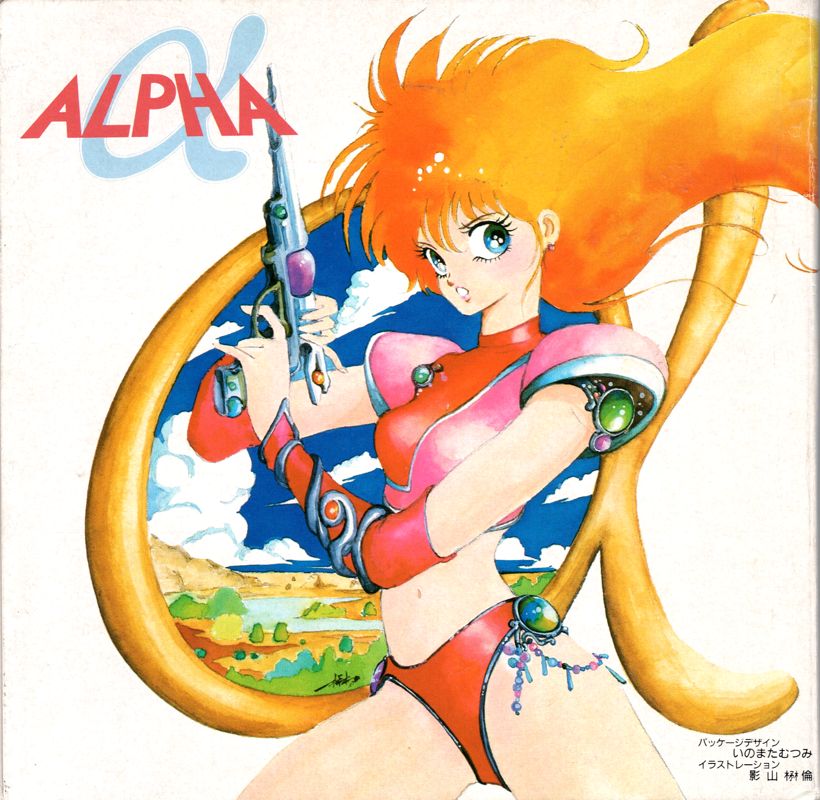

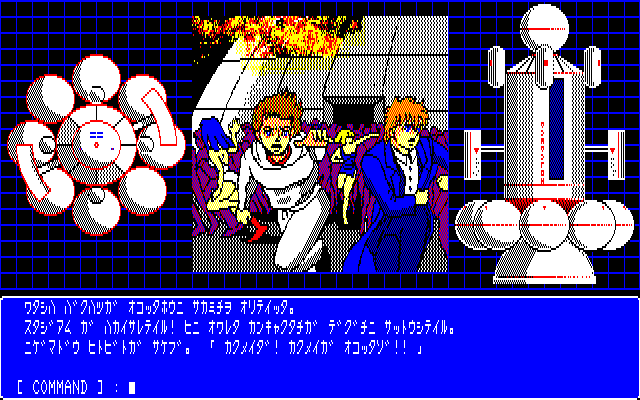
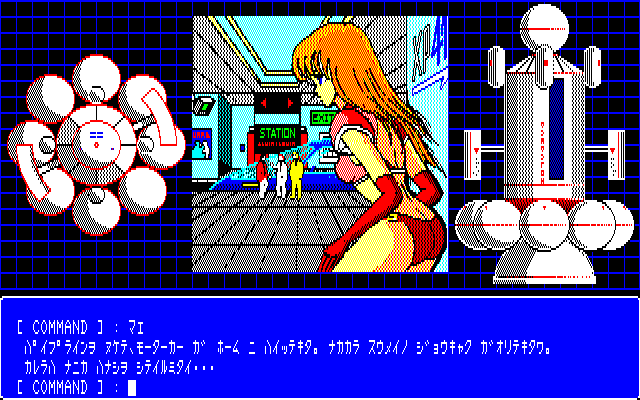
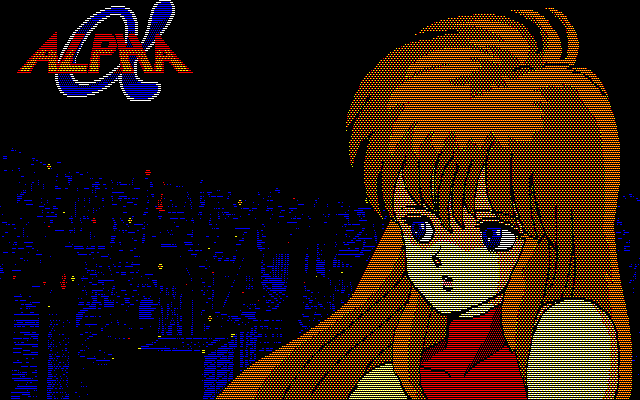
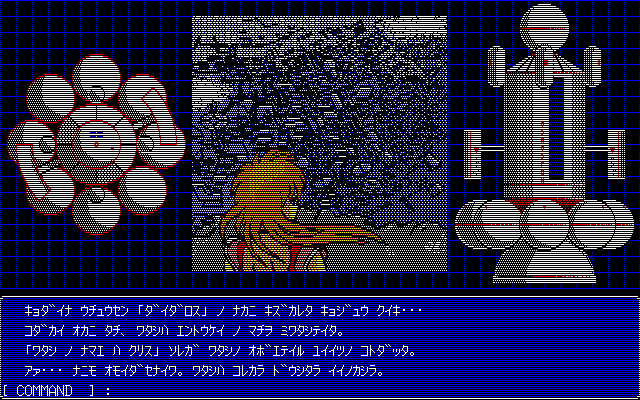


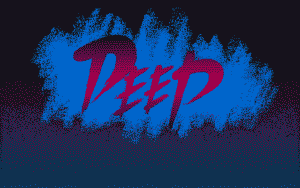
Reviews
There are no reviews yet.